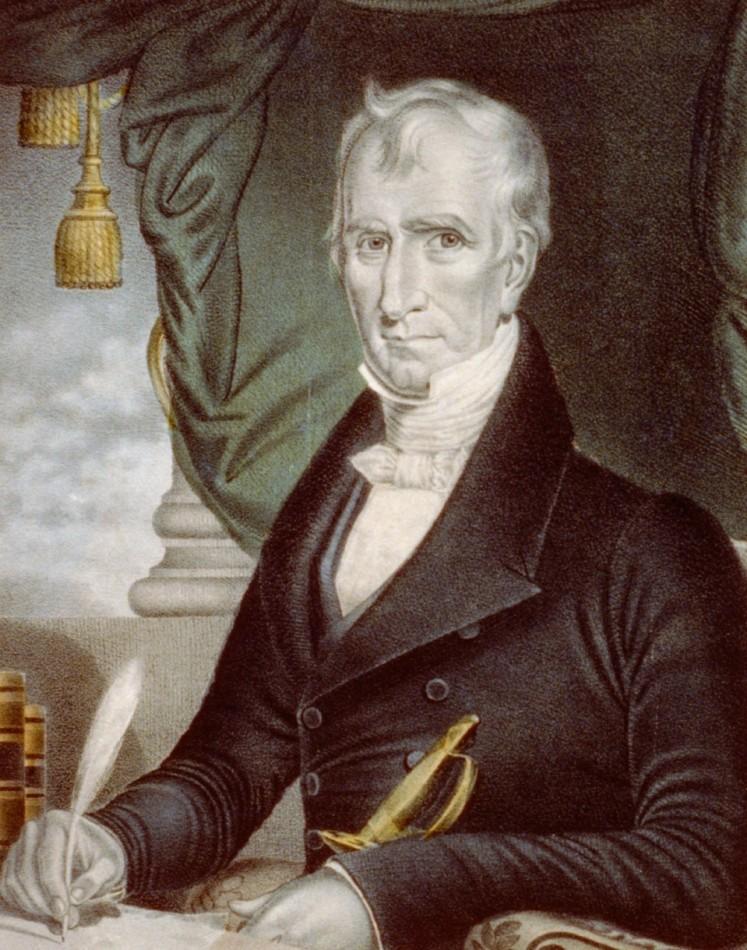A New Version of an Old Story
www.history1800s.about.com
April 23, 2014
WIlliam Henry Harrison, the ninth and shortest-serving of all American Presidents, has always been regarded as the man who went paws-up from pneumonia before even passing through to his second month in office–until now.
While historians have often asserted that it seemed Harrison had only forgotten his frock coat one bitterly-aggressive and cold afternoon, Thomas Miller, known as the most famous and well acclaimed of all of the antebellum President’s doctors, may have been wrong in his assertion that there was “pneumonia of the lower lobe of the right lung, complicated by congestion of the liver.” Making his deduction after Harrison spoke the longest of all Inaugural Addresses in American Presidential History–which hit a grand total of 8,445 words–Miller was met by little skepticism after sealing the deal on the gloveless and poorly-clodded former leader–until, again, now.
However, with the advent of modern epidemiology and other advances in related scientific fields, evidence has seemed to point otherwise: the assassin may have been harmed by the nearby but noxious marsh.
But what sparked the initial interest to recall the history books and the wonderful stories that have evolved from the unprecedented and first death in office by any President? Ironically, it may have been the doctor himself. He wrote about the disease that it “was not viewed as a case of pure pneumonia; but as this was the most palpable affection, the term pneumonia afforded a succinct and intelligible answer to the innumerable questions as to the nature of the attack.”
The symptoms of uneasy anxiety and fatigue didn’t fit the bill either.
Therefore, in order to arrive at the answer one of history’s seemingly most delectable conundrums, it takes some more history to get there: at the time that Harrison was President, there was no system of sewage and things were far less hygienic. But it gets groser. Until half-way through the nineteenth century, the sewage would flow and then stagnate in a marsh adjacent to the grounds of the White House. This place would have been a breeding haven for two deadly bacteria, Salmonella typhi and S. paratyphi, which are the leading causes of typhoid and paratyphoid fever and can devastate the gastrointestinal system.
And the evidence doesn’t stop there. James K. Polk and Zachary Taylor, two Presidents to come not much longer in the country’s history, would come under the influence of severe gastroenteritis during their time at the White House. Taylor would die but Polk would go on to expand the country by a third.
So while the sun sets on this mythbusted tale, and while the outcome remains the same for all who attended his funeral, we, here with our modern televisions and restaurant drive-thrus, can cast our final affected chuckles over the newest version of the oldest story.



